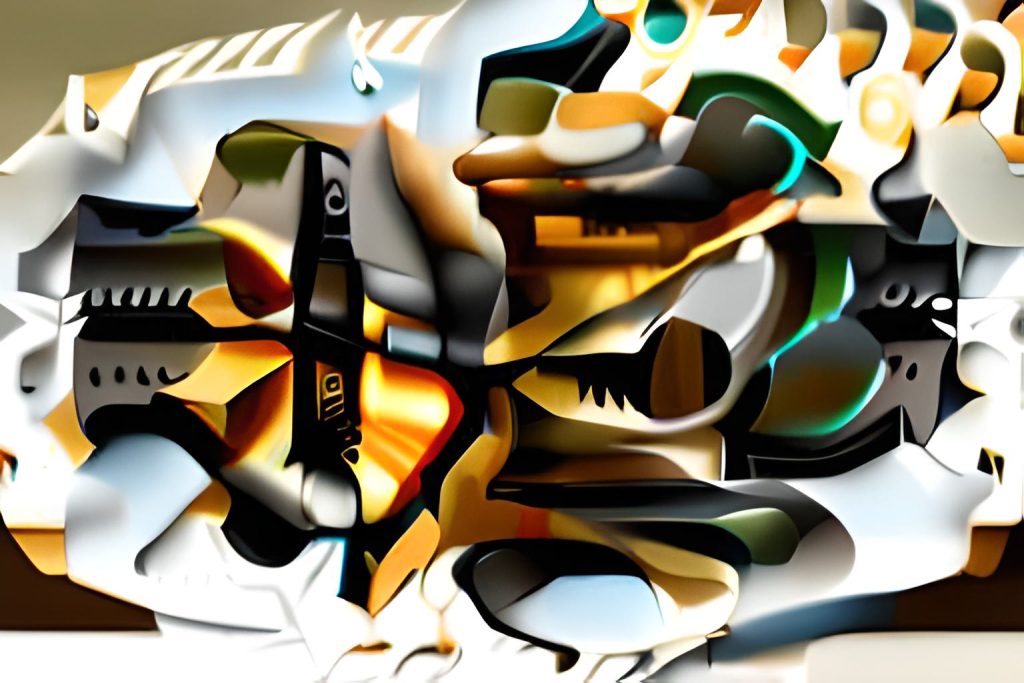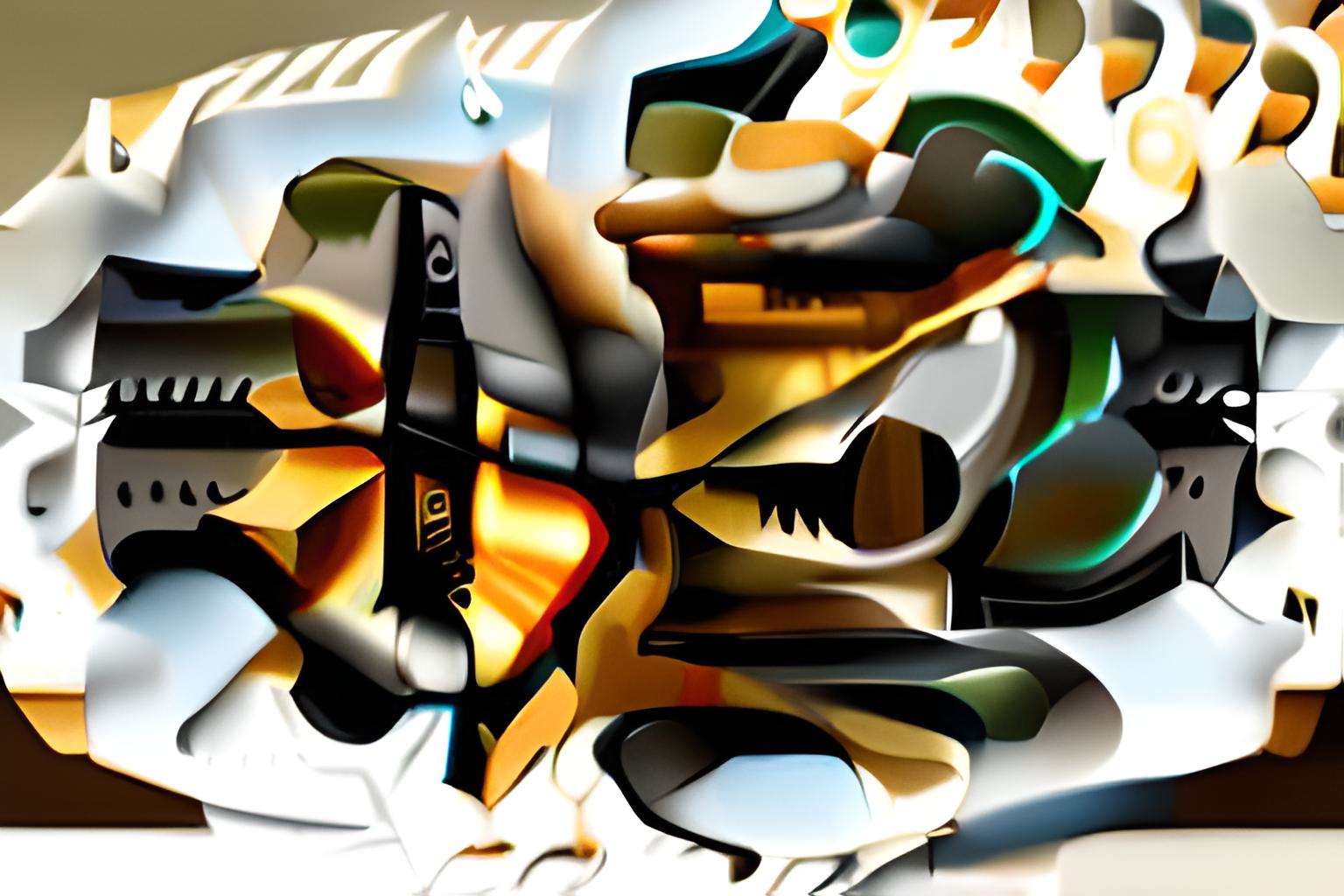
|
Getting your Trinity Audio player ready...
|
In 1947, the Indian subcontinent witnessed one of the most traumatic events in modern history: the Partition of India and Pakistan. Motivated by complex religious, political, and social issues, the country’s division sparked one of the largest humanitarian crises of the 20th century, with millions of people displaced, deaths from violence, and a legacy of pain and resentment that persists to this day.
Roots of Division:
The roots of the Partition date back to the British colonial period, when the policy of “divide and rule” deepened tensions between the Hindu and Muslim communities. The promise of autonomy for Muslims, materialized in the creation of East and West Pakistan, fueled the desire for a separate state, while Hindus advocated for the unity of the subcontinent.
Violence and Exodus:
The process of division was marked by unimaginable violence. It is estimated that between 200,000 and 2 million people died in sectarian clashes, massacres, and forced migrations. Millions of Hindus and Muslims were forced to leave their homes, crossing the newly drawn borders in a desperate exodus in search of safety and belonging.
Enduring Consequences:
The Partition left deep scars in India and Pakistan. Mutual distrust between communities still permeates relations between the two countries, which are embroiled in territorial disputes and live under the constant threat of nuclear conflict. Partition refugees, known as mohajirs, continue to face challenges of integration and discrimination in their new countries.
A Legacy for Reflection:
The Partition of India and Pakistan serves as a poignant reminder of the dangers of religious nationalism and political division based on cultural differences. The history of this tragic event invites us to reflect on the importance of tolerance, intercultural dialogue, and the construction of peaceful and inclusive societies, where diversity is valued and differences are overcome through mutual respect and the pursuit of the common good.














